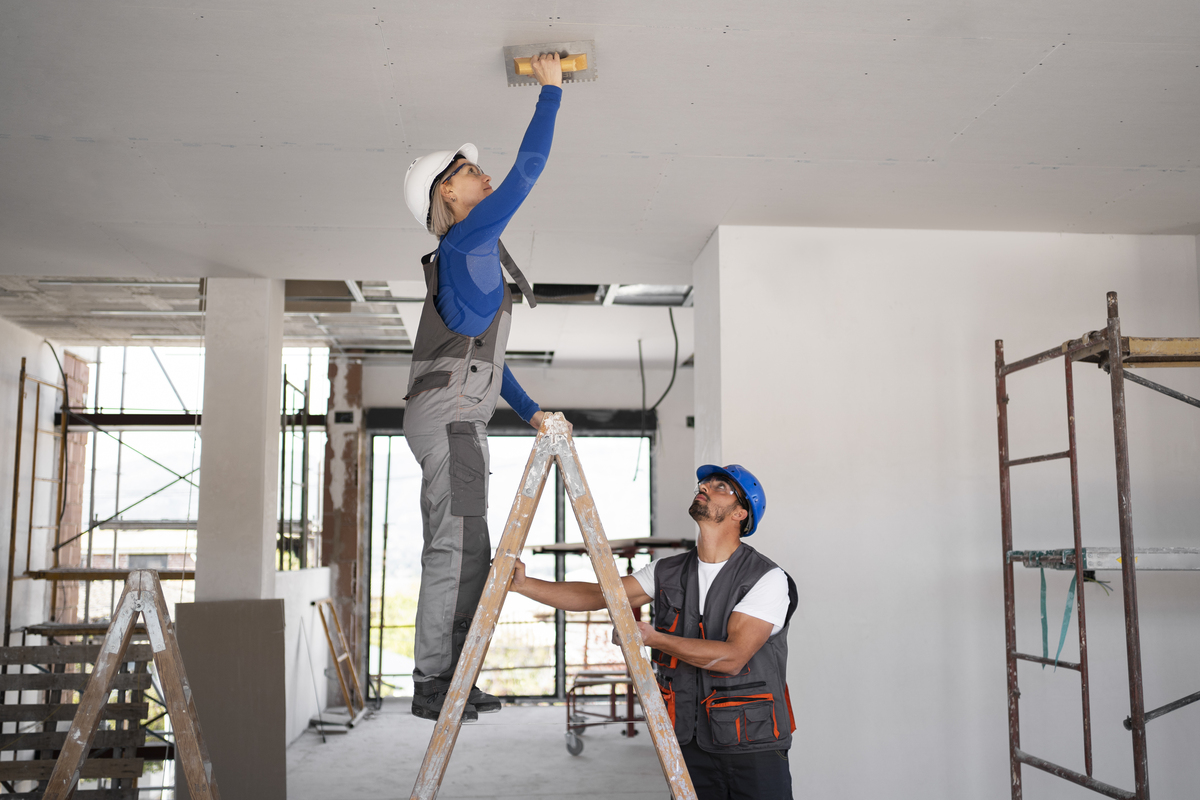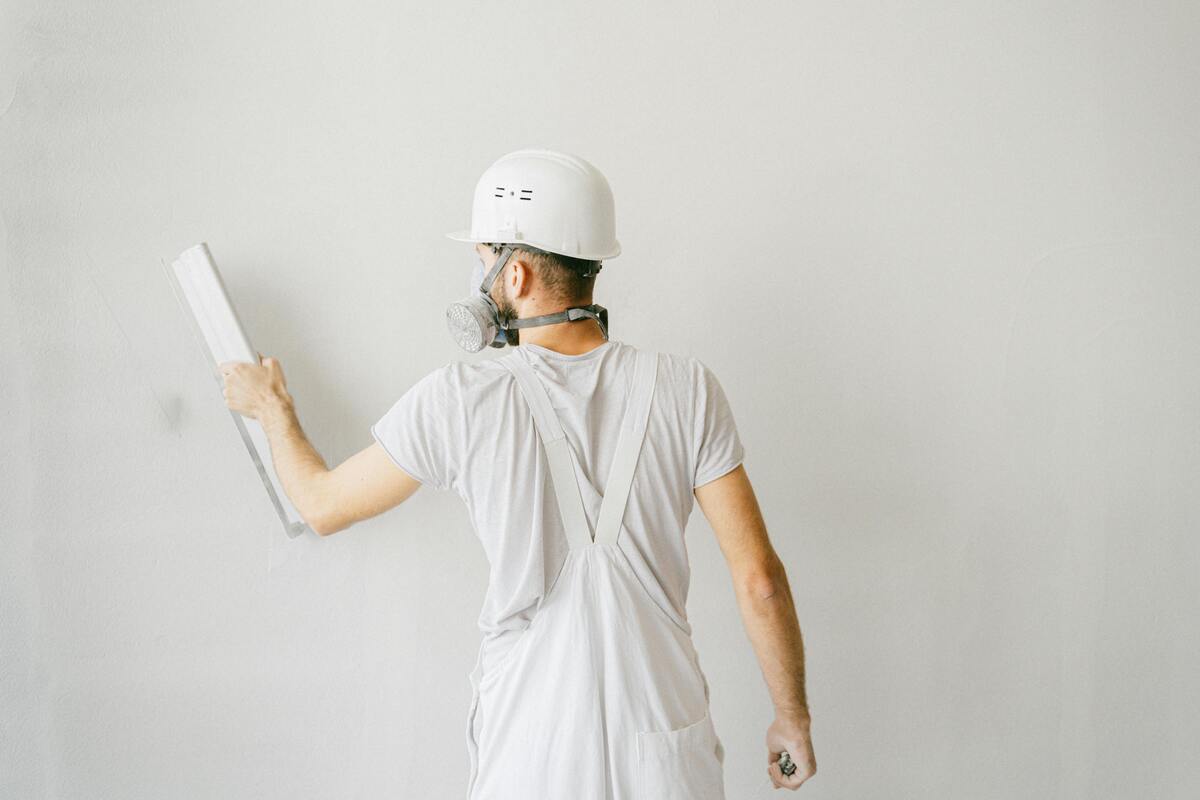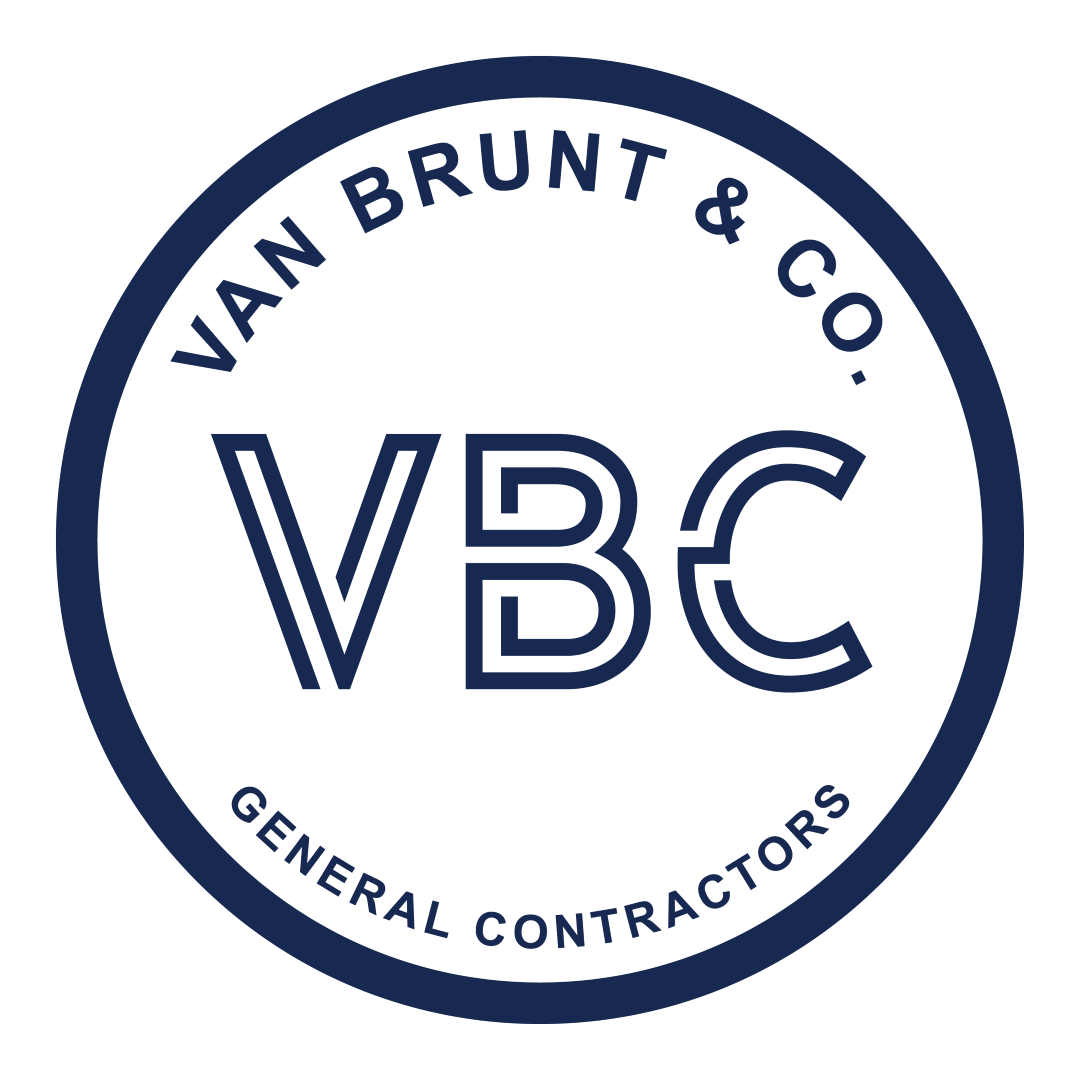Commercial remodeling is a powerful investment that transforms your business environment, aligning it with modern standards and your company’s evolving needs. Unlike cosmetic renovations, remodeling involves strategic changes that can revitalize an aging space, enhance functionality, and boost operational efficiency. For businesses aiming to optimize their space, improve energy efficiency, and enhance their brand’s image, remodeling offers a high-impact solution. In this blog, we’ll explore why commercial remodeling is a valuable step for businesses looking to stay competitive and maximize their property’s potential.

What Is Commercial Remodeling?
Commercial remodeling is the process of altering the structural layout of existing commercial buildings, such as offices, hotels, retail stores, and restaurants. This can include major reconstructions, expansions, modifications, and essential repair work. By remodeling, businesses can enhance their building’s structural integrity and improve its internal systems for better efficiency.
Unlike new construction, commercial remodeling allows businesses to revamp their current space without the need for building from the ground up. Though often confused with renovation, the two differ significantly. Renovations typically focus on smaller, cosmetic updates, while remodeling involves extensive changes to both the exterior and interior of the building.
To ensure safety and meet legal requirements, obtaining the appropriate building permits is mandatory for commercial remodeling projects. Businesses looking to remodel their spaces should consult their local authorities’ websites for specific regulations, permit applications, and other important details.

Advantages of Commercial Remodeling
Revamping a commercial space offers a dynamic opportunity to enhance and update your business environment, much like home renovations. Whether you’re planning to refresh your office floors or upgrade hotel facilities, here are five compelling reasons to consider making these improvements.
Optimizing Building Space
Commercial remodeling offers a strategic approach to optimizing your available space. By undergoing this process, you can transform cramped or underutilized areas into more open, functional spaces that better align with your business operations and goals.
One practical example is replacing traditional office cubicles with open floor layouts. Removing these physical divisions not only enhances communication and collaboration among employees but also boosts productivity and encourages a more cohesive work environment.
Improves the Aesthetic Appeal of Your Space
Commercial remodeling significantly revitalizes your business environment while enhancing your brand’s image. It gives your space a fresh, updated appearance that can capture the attention of your target audience and draw in the right clientele.
Retailers frequently rearrange their store layouts to highlight their products in the most appealing way. Elements such as color schemes, lighting, sound, displays, and overall design are essential in shaping customer behavior. Strategically placing products in key areas within the store not only enhances the shopping experience but can also contribute to increased sales by subtly influencing purchasing decisions.
Efficient Use of Time and Resources
Renovating your commercial space is a practical and budget-friendly approach to transforming your existing environment. This process typically requires fewer financial and material resources than acquiring a new property, making it an ideal solution for businesses operating under tight budget constraints.
Additionally, remodeling leverages the original building’s framework, removing the need to develop a brand-new design plan. This method significantly reduces the overall time spent on construction compared to starting a new building project from the ground up.
Enhances Operational Efficiency
Remodeling efforts play a key role in optimizing commercial buildings, particularly those that are older or outdated. By incorporating energy-efficient designs, building systems can function at their highest capacity while reducing energy consumption. For instance, using eco-friendly heating and cooling systems not only boosts indoor air quality but also minimizes energy usage.
These upgrades ensure compliance with green building standards and showcase your dedication to sustainability, positioning your business as a leader in environmental responsibility and giving you a competitive edge.
Enhances Building Safety
A key benefit of remodeling is its ability to improve safety within a commercial property. Updating or modifying the layout to meet current regulatory safety standards can significantly reduce the risk of accidents, protecting both employees and customers from potential hazards. Older buildings, in particular, can benefit from remodeling efforts to ensure they remain functional and compliant with modern safety codes.
Maintaining building safety also requires routine inspections and obtaining the necessary permits. It’s essential to familiarize yourself with local, national, and industry-specific regulations regarding inspections and permits for commercial remodeling projects.
Boosts Property Value
Investing in commercial remodeling can greatly enhance a property’s market value, making it a strategic move for owners aiming to maximize returns. A renovated commercial space is more appealing to prospective tenants or buyers, allowing property owners to command higher rents or selling prices. Improvements to key areas—like entrances, common spaces, and restrooms—not only elevate aesthetics but also create a functional environment that can attract high-quality tenants willing to pay premium rates, reducing vacancy periods and boosting cash flow.
For owners considering a future sale, these upgrades make the property more competitive and often yield a high return on investment (ROI). Buyers are drawn to turnkey properties that require minimal work, and modern, energy-efficient renovations are especially appealing for their cost-saving potential. Ultimately, a well-executed remodel future-proofs the property, ensuring it remains attractive and valuable in a competitive real estate market.

Phases of Commercial Remodeling
The steps involved in commercial remodeling can differ based on the specific project and building, but the process typically includes the following key phases:
- Design and planning
- Competitive bidding
- Engineering and procurement of materials
- Demolition
- Construction – structural repairs and renovations
- Cleanup and final detailing
- Project completion
The scope of remodeling a commercial space can vary greatly, depending on the scale and complexity of the modifications needed. Another significant factor is the occupancy status of the building, as it influences the overall timeline of the project. General contractors usually guide clients through these stages from the initial consultation to ensure smooth progress.

Understanding Commercial Remodeling: What Does It Involve?
Commercial remodeling projects take on various forms and designs, depending on the owner’s specific goals, financial capacity, local building regulations, and collaborative efforts with remodeling contractors and designers.
So, what does remodeling involve in commercial settings? Here are some common examples:
- Implementing energy-efficient systems and appliances across hotel facilities
- Converting traditional office cubicles into modern, open-concept workspaces
- Combining two department rooms into a shared collaborative space
- Updating a restaurant’s dining area layout to align with new branding
- Transforming unused storage spaces into staff areas or dressing rooms in retail environments
- Reconfiguring an industrial kitchen layout to improve workflow and efficiency
- Altering building structures to meet the requirements of the Americans with Disabilities Act (ADA) for accessible design

Finding the Right Commercial Remodeling Professionals for Your Project
Choosing the right team for your commercial remodeling project is crucial for achieving a successful outcome. Here are key steps to guide you in selecting experienced contractors, designers, and other professionals:
- Seek Specialized Experience
Look for contractors and designers with experience in your industry (retail, hospitality, office spaces), as they will be familiar with the specific needs, regulations, and functional requirements. - Review Portfolios and Past Work
Check portfolios to assess their style, expertise, and the scale of past projects. This helps you determine if their previous work aligns with your vision. - Read Reviews and Testimonials
Client feedback offers valuable insight into the professional’s reliability, communication skills, and track record with meeting budgets and deadlines. - Verify Credentials and Insurance
Ensure contractors hold the necessary licenses, certifications, and insurance coverage. This step can protect you from potential legal or financial complications. - Prioritize Design Expertise
Choose a designer who can capture your brand’s aesthetic and translate it into a practical, cohesive space design. - Consider Project Management and Engineering Support
Project managers and engineers bring valuable oversight, ensuring the project progresses smoothly and technical details are managed accurately. - Maintain Clear Communication
Select professionals open to collaboration and regular updates to keep the project aligned with your goals and adaptable to any necessary changes.
Each step helps build a reliable team committed to transforming your vision into a successful, functional space.
Conclusion
Investing in commercial remodeling is not just about aesthetics; it’s a strategic decision that can significantly impact your business’s growth and sustainability. By enhancing operational efficiency, optimizing space, and improving safety standards, you position your business to thrive in a competitive marketplace. Additionally, the right remodeling can boost your property’s value, making it more appealing to potential tenants or buyers. Embrace the transformative power of remodeling to create a space that not only meets your current needs but also adapts to future demands. To navigate this journey effectively, consider partnering with experts like Van Brunt & Company, who can help unlock the full potential of your commercial property.
FAQs
What is commercial remodeling?
Commercial remodeling involves altering the structural layout of existing commercial properties to enhance functionality, safety, and aesthetics.
How does commercial remodeling improve a business’s value?
Remodeling increases a property’s appeal and functionality, allowing for higher rental or selling prices and reducing vacancy periods.
What are the typical phases of a commercial remodeling project?
The phases generally include design and planning, competitive bidding, engineering, demolition, construction, cleanup, and project completion.
Why is it important to hire specialized contractors for remodeling?
Specialized contractors understand industry-specific requirements and regulations, ensuring the project meets all standards and functions effectively.
How can remodeling enhance energy efficiency in commercial buildings?
By incorporating energy-efficient systems and designs, remodeling helps reduce energy consumption, improve indoor air quality, and ensure compliance with green standards.

